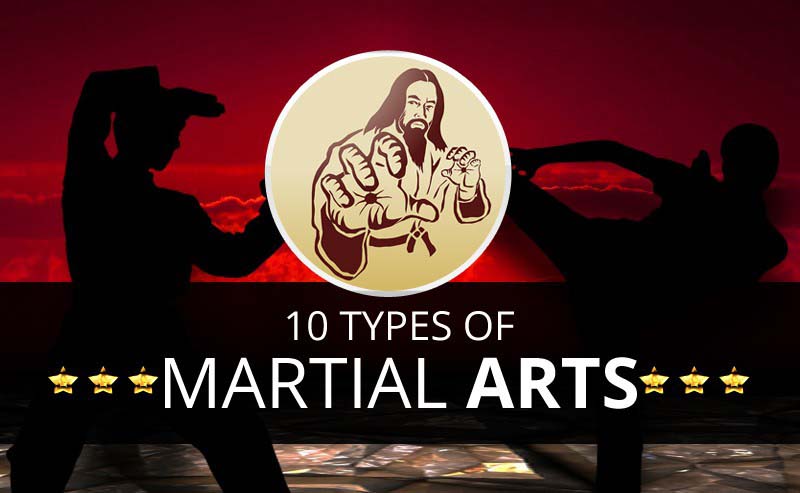Conventional Martial Arts Vs. Modern Fight Sports: Recognizing The Trick Differences
Conventional Martial Arts Vs. Modern Fight Sports: Recognizing The Trick Differences
Blog Article
Posted By-Ware Finnegan
When you think of martial arts, do you lean much more toward the typical methods or the contemporary battle sports? Each path uses distinct benefits and experiences, shaped by their philosophies and training techniques. Traditional martial arts highlight individual growth and self-control, while contemporary battle sports concentrate on competition and efficiency. Recognizing these distinctions can assist you in selecting the ideal approach for your trip. Yet how do these distinctions manifest in training and philosophy?
The Approach and Background Behind Standard Martial arts
While lots of people associate martial arts with physical fight, the approach and background behind conventional martial arts run much deeper. You'll find that these disciplines stress personal growth, discipline, and regard.
Originating from ancient techniques, typical martial arts were typically created for Self-Defense and spiritual advancement. https://different-martial-arts-fo00987.blogoscience.com/41378105/effective-fighting-style-strategies-for-self-defense symbolize principles such as balance, consistency, and self-control, assisting professionals beyond mere fighting skills.
As you educate, you'll not just find out methods yet also acquire understandings right into the culture and worths that formed these arts. martial arts equipment and customs, often passed down through generations, cultivate a feeling of neighborhood and belonging.
The Affordable Nature of Modern Fight Sports
Modern fight sports have actually transformed the landscape of martial arts into an extremely competitive arena, where athletes challenge in a test of skill, approach, and endurance.
You'll observe that competitions are typically arranged with stringent guidelines and guidelines, making sure justice and security. These events draw in big target markets, sustaining the enjoyment and intensity of matchups.
Professional athletes train carefully, not just for physical prowess but likewise for mental toughness, knowing that every detail counts in the ring. The adrenaline rush throughout competitions is palpable, as boxers push their restrictions to claim triumph.
Fans value the athleticism and artistry included, making modern combat sports a thrilling spectacle that continues to evolve and astound enthusiasts worldwide.
Training Methods and Techniques: A Comparative Evaluation
The affordable environment of modern-day fight sports needs cutting-edge training approaches that differ significantly from standard martial arts.
In contemporary training, you'll focus on details strategies, sparring, and conditioning, often utilizing drills that replicate actual battle scenarios. You'll see a focus on quantifiable efficiency and frequent competitors to assess your skills.
In contrast, typical martial arts prioritize types, katas, and thoughtful teachings, frequently emphasizing self-control and regard over competitors.
Training is normally much less intense and might involve repeated technique as opposed to real-time sparring.
While both strategies build skill and physical fitness, modern-day fight sports offer a more vibrant and adaptable training atmosphere, preparing you for immediate challenges in the ring or cage.
Pick the course that aligns with your objectives and rate of interests.
Verdict
In choosing in between standard martial arts and modern fight sports, it actually comes down to what you value most. If you're seeking personal growth, self-control, and a feeling of community, traditional arts may be your best fit. Yet if you grow on competitors and real-time obstacles, contemporary battle sporting activities could be the means to go. Ultimately, both paths use one-of-a-kind advantages, so it's all about straightening your training with your personal objectives and interests.
